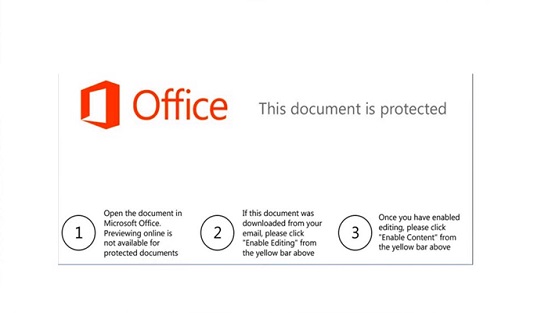Trojan.X97M.CVE20170199.PFKNA
Exploit:O97M/CVE-2017-0199.RV!MTB (MICROSOFT)
Windows


Threat Type: Trojan
Destructiveness: No
Encrypted:
In the wild: Yes
OVERVIEW
This Trojan arrives on a system as a file dropped by other malware or as a file downloaded unknowingly by users when visiting malicious sites.
TECHNICAL DETAILS
Arrival Details
This Trojan arrives on a system as a file dropped by other malware or as a file downloaded unknowingly by users when visiting malicious sites.
Installation
This Trojan drops the following files:
- %User Temp%\{GUID}\YandexPackSetup.exe <- Detected as Trojan.Win32.BODEGUN.B.
- %Temporary Internet Files%\Content.IE5\{random numbers & letters}p3.p3.p3.doc <- Detected as Trojan.W97M.CVE201711882.SMN
(Note: %User Temp% is the current user's Temp folder, which is usually C:\Documents and Settings\{user name}\Local Settings\Temp on Windows 2000(32-bit), XP, and Server 2003(32-bit), or C:\Users\{user name}\AppData\Local\Temp on Windows Vista, 7, 8, 8.1, 2008(64-bit), 2012(64-bit) and 10(64-bit).. %Temporary Internet Files% is the Temporary Internet Files folder, which is usually C:\Documents and Settings\{user name}\Local Settings\Temporary Internet Files on Windows 2000(32-bit), XP, and Server 2003(32-bit), or C:\Users\{user name}\AppData\Local\Microsoft\Windows\Temporary Internet Files on Windows Vista, 7 and 2008(64-bit), or C:\Users\{user name}\AppData\Local\Microsoft\Windows\INetCache on Windows 8, 8.1, 2012(64-bit) and 10(64-bit).)
Download Routine
This Trojan connects to the following URL(s) to download its component file(s):
- http://{BLOCKED}.6/{BLOCKED}3.doc
Other Details
This Trojan does the following:
- The user may be tricked into enabling content by a message that appears on their screen. However, if they do enable the content, the document can execute malicious code on the user's system.

SOLUTION
Step 1
Before doing any scans, Windows 7, Windows 8, Windows 8.1, and Windows 10 users must disable System Restore to allow full scanning of their computers.
Step 2
Note that not all files, folders, and registry keys and entries are installed on your computer during this malware's/spyware's/grayware's execution. This may be due to incomplete installation or other operating system conditions. If you do not find the same files/folders/registry information, please proceed to the next step.
Step 3
Search and delete this file
- %User Temp%\{GUID}\YandexPackSetup.exe
- %Temporary Internet Files%\Content.IE5\{random numbers & letters}p3.p3.p3.doc
Step 4
Scan your computer with your Trend Micro product to delete files detected as Trojan.X97M.CVE20170199.PFKNA. If the detected files have already been cleaned, deleted, or quarantined by your Trend Micro product, no further step is required. You may opt to simply delete the quarantined files. Please check the following Trend Micro Support pages for more information:
Did this description help? Tell us how we did.

